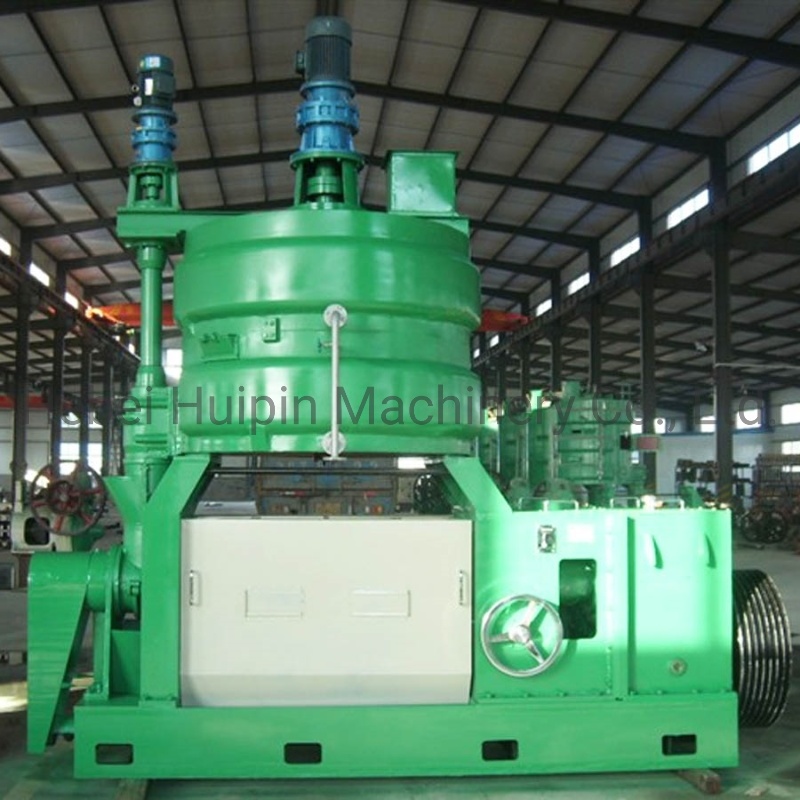Dec . 04, 2024 16:03 Back to list
Coconut Oil Production Process and Equipment Overview for Efficient Manufacturing
The Coconut Oil Production Line A Comprehensive Overview
Coconut oil has gained immense popularity in recent years, not just for its unique flavor and versatility in cooking, but also for its myriad health benefits. The process of coconut oil production is an intricate one that requires a well-established production line to ensure quality and efficiency. In this article, we will explore the key components of a coconut oil production line, the various methods of extraction, and the significance of this industry in today's market.
1. Raw Material Procurement
The journey of coconut oil production begins with the procurement of raw coconuts. The quality of the coconuts is crucial as it directly affects the final product. Coconuts are harvested from tropical regions, primarily in Southeast Asia, the Philippines, and India. After harvesting, the coconuts are hulled and dehusked to prepare them for oil extraction.
2. Types of Extraction Methods
There are two primary methods for extracting coconut oil cold-pressed and expeller-pressed.
- Cold-Pressed Extraction This method involves grinding the fresh coconut meat (copra) and pressing it without any heat. This technique preserves the natural flavor and nutrients, making it highly sought after for culinary uses and skincare products.
- Expeller-Pressed Extraction In this method, the copra is pressed using mechanical equipment, generating heat through friction. While this process is more efficient, it may lead to a slight reduction in the oil's nutritional properties. The resulting oil, however, is still widely used due to its cost-effectiveness.
3. Production Line Machinery
A well-equipped coconut oil production line consists of several key pieces of machinery that streamline the extraction process
- Copra Dryer To ensure high-quality oil, raw coconuts must first be dried. A copra dryer uses controlled heat to remove moisture, preventing spoilage.
coconut oil production line product

- Grinders and Crushers These machines break down the dried coconut meat into smaller pieces, facilitating easier extraction of oil.
- Oil Presses As the heart of the production line, oil presses are used to extract oil from the processed copra. Depending on the chosen extraction method, either cold or expeller presses will be employed.
- Filtration Systems After extraction, the oil often contains impurities. Filtration systems remove these unwanted particles, resulting in a clean, pure product.
- Storage Tanks Finally, once filtered, the coconut oil is stored in stainless steel tanks, which help maintain quality by preventing contamination from external elements.
4. Quality Control
Quality control is a vital aspect of the coconut oil production line. Companies implement various testing procedures to ensure that the oil meets industry standards. This includes checks for acidity, peroxide value, and moisture content. Furthermore, sensory evaluations may be conducted to assess flavor and aroma, ensuring that the final product is both delicious and nutritious.
5. Market Demand and Trends
The demand for coconut oil has surged due to the growing awareness of its health benefits, such as promoting heart health, enhancing metabolism, and possessing antimicrobial properties. As a result, coconut oil is now widely used not only in culinary applications but also in cosmetics, personal care products, and natural remedies.
The market has seen an influx of organic and premium coconut oil products as consumers are increasingly looking for healthier, natural options. Engineers and manufacturers are continuously innovating the production line processes to meet this demand, focusing on sustainability and efficiency.
Conclusion
The coconut oil production line is an essential component of a thriving industry that caters to health-conscious consumers looking for high-quality products. Understanding the various stages involved in coconut oil production—from raw material procurement to extraction methods and quality control—provides valuable insight into how this popular oil is produced. As the market for coconut oil continues to expand, innovations in production methods will play a critical role in ensuring that the industry meets consumer needs and environmental standards.
-
Top Food Oil Refined Unit Companies w/ GPT-4 Turbo Tech
NewsAug.01,2025
-
Premium Black Seed Oil Expeller - High Efficiency Cold Press Oil Machine
NewsJul.31,2025
-
Oil Processing Equipment - High-Efficiency Flaking Machine
NewsJul.25,2025
-
High-Efficiency Peanut Oil Refined Machine for Quality Oil Production Leading Exporters & Companies
NewsJul.08,2025
-
High Efficiency Sunflower Seed Oil Press – Leading Cooking Oil Press Machine Factories & Suppliers
NewsJul.08,2025
-
High-Efficiency Soybean Oil Press Machine – Leading Exporters & Reliable Companies
NewsJul.07,2025
